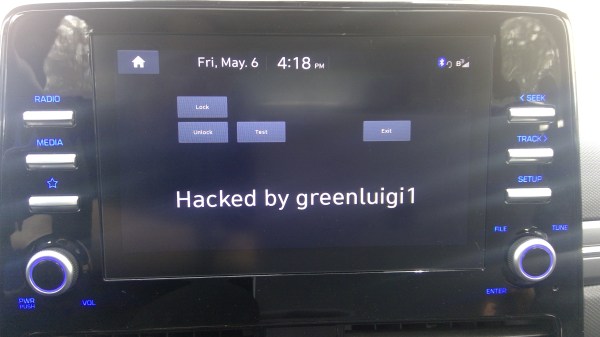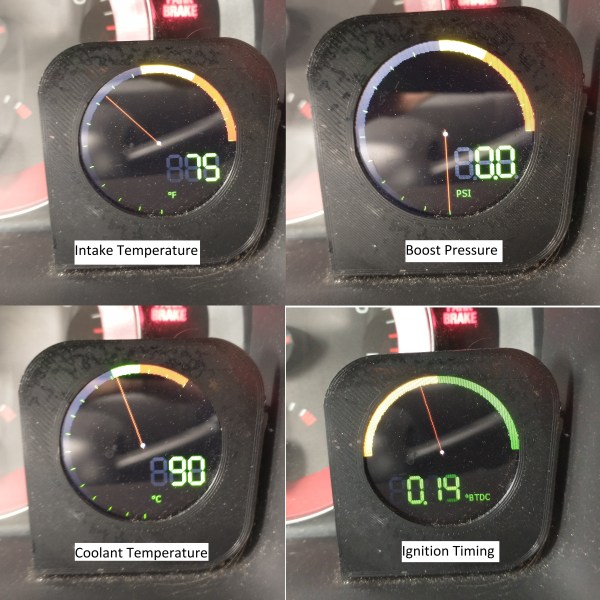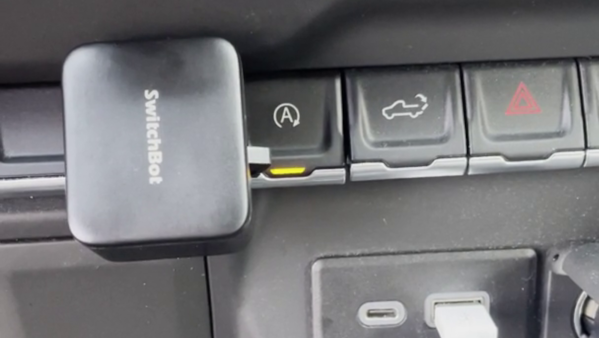We could all use a good chuckle every once in a while. [William Osman] revisited the ship of Theseus in a simplified manner. How many parts can you remove from a car and still be a car? (Video, embedded below the break.)
Of course, there are legal definitions of what a car is and a minimum set of requirements to be met to drive on the road. So, with two older cars ready for hacking and a group of hackers gathered, they split into two teams and started ripping parts of the vehicle. It becomes pretty humorous as it reminds us of many refactoring projects we’ve undertaken. For example, you move one BGA chip, and suddenly, it might be faster to reroute the whole board. Or you remove one component, you have to rip it out of three other modules, which affect four or more other modules, and so on. Accidentally cutting part of the electrical harness meant that one team had to dig further and further into the car to get back to a working car state. It was a race to get back to street legal while taking off more parts.
By the end of the exercise, they have a technically street-legal car they drove around, enjoying passersby’s pointed looks and confusion. They even take it to a dealership to see how much they could get for it. [William] points out that their abysmally low offer proves that a car with less stuff costs less. While we doubt that car manufacturers will follow his lead, it’s a good 15 minutes of fun.
We’ve got you covered if you’re interested in more minimal motoring.
Continue reading “The Car Of Theseus Boldly Goes Where Many Cars Have Gone Before”

















